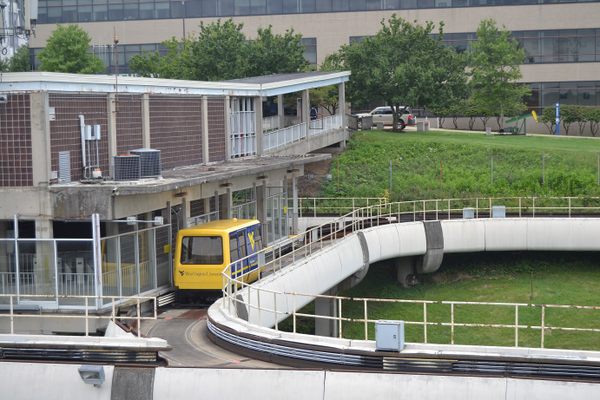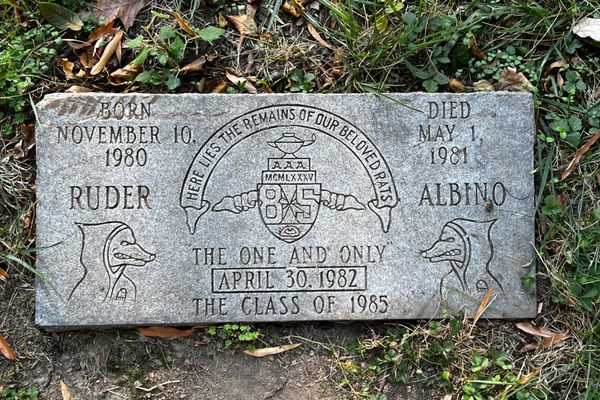About
Although the Morgantown PRT (Personal Rapid Transit) system may look quaint today, automated guideway transit systems like this one were at one time believed to be the future of American transportation.
Before the Hyperloop, there was the PRT. And before the PRT, there was a lot of traffic in downtown Morgantown, West Virginia.
Morgantown is home to West Virginia University (WVU) - a school that underwent considerable expansion in the 1960s. Early attempts to move tens of thousands of students between campuses and classes in a reliable fashion proved futile. Luckily for WVU, West Virginia Senator Robert C. Byrd had a prodigious gift for directing government funds towards the Mountain State.
The first of its kind, and greenlit in the early 1970s as a federally-funded transportation pilot project, the Morgantown PRT was designed by Boeing and cost $120 million to construct. In continual usage since 1975, the system consists of a fleet of 71 automated, rubber-wheeled vehicles operating on an 8.7 mile long network of elevated guideways. It features a number of inventive features, including a heating system that pumps chemicals and warm water onto the tracks to clear them of snow in the winter. Unlike similar transit systems, travelers on the Morgantown PRT can travel directly to their final destination, without additional stops along the way.
The PRT now accommodates around 15,000 riders per day, primarily WVU students. It has become a key piece of university culture, and takes center stage during the annual PRT Cram, where student organizations compete to see how many people they can fit in one of the eight-person cars. The record? 97.
Related Tags
Community Contributors
Added By
Published
September 23, 2015





































